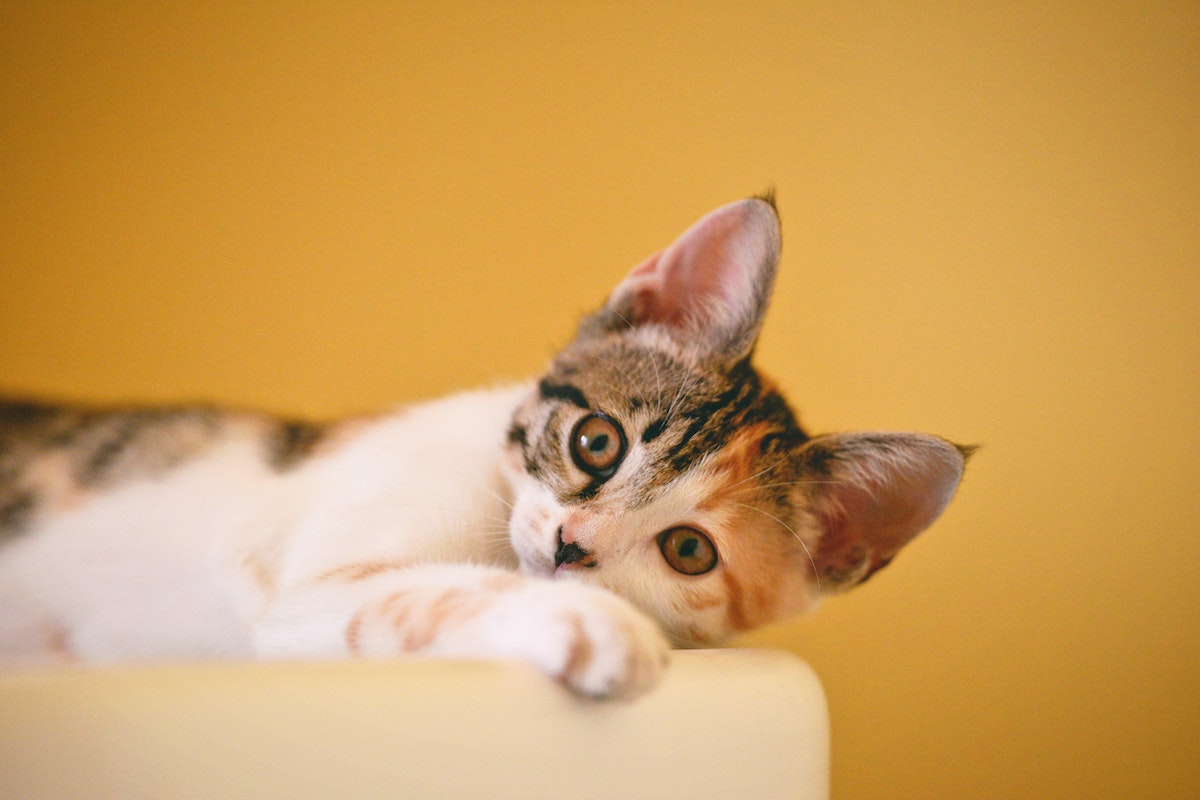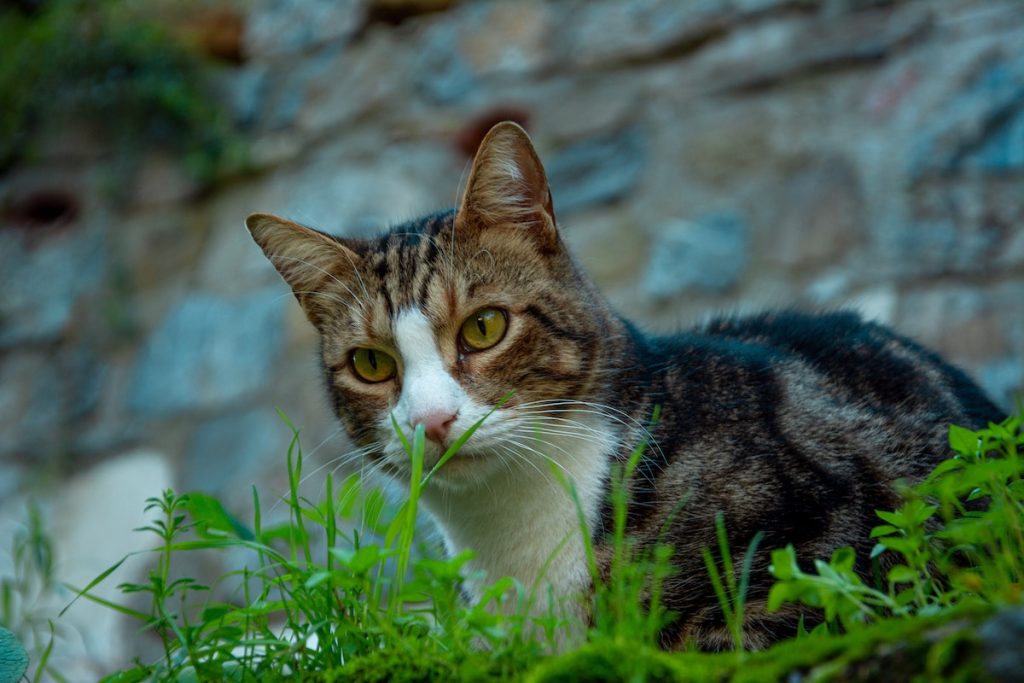- Introduction
- Causes and Symptoms of Mint Poisoning in Cats
- Reasons Why Cats May Ingest Mint
- Is Mint Safe for Cats?
- Different Types of Mint and Their Effects on Cats
- The Importance of Moderation and Supervision
- Effective Treatments for Mint Poisoning
- Seeking Professional Veterinary Assistance in Severe Cases
- Conclusion
Introduction
Pet owners often wonder about the safety of various plants and substances around their beloved felines. Mint, a common household plant and flavoring, is one such substance that raises questions regarding its safety for cats. While mint can certainly add a refreshing touch to food and beverages, its effects can be less than pleasant when it comes to your feline companions.
This article aims to delve into mint toxicity in cats, providing a comprehensive insight into the potential risks, poisoning symptoms, preventive measures, and what to do if your cat comes into contact with this seemingly harmless plant.
Due to their innate curiosity, cats are often at a greater risk of coming into contact with potentially harmful substances in their environment. Their exploratory nature can lead them to chew or ingest various plants, including mint. Some perfectly safe plants for human consumption can be toxic to cats, and mint is one such example.
Addressing the issue of mint toxicity in cats is crucial for pet owners—it allows them to protect their pets effectively, maintain a safe environment, and respond promptly and appropriately if exposure or ingestion does occur. Knowing about such potential dangers can differentiate between a healthy cat and a preventable tragedy.
Causes and Symptoms of Mint Poisoning in Cats
Here are some of the common causes of mint poisoning in cats.
- Ingestion of Mint Plants: Cats can be exposed to toxic oils in mint plants through direct ingestion. While some cats may be attracted to the plants due to their strong smell, ingestion can lead to gastrointestinal upset, including vomiting and diarrhea.
- Inhalation of Mint Oils: Aromatic oils in mint can irritate cats’ sensitive respiratory tracts. If a cat inhales these oils, it may experience coughing, sneezing, or difficulty breathing.
- Topical Exposure to Mint Oils: If mint oils come into contact with a cat’s skin, it can cause skin irritations or allergic reactions. Cats grooming after contact with mint may also ingest the oils, leading to potential poisoning.
- Ingestion of Mint-Flavored Foods or Products: Although mint is a popular ingredient in many human foods, candies, or dental products, it is unsafe for cats. If a cat consumes a mint-flavored product, it may experience mint poisoning.
- Exposure to Essential Oils: Mint is a common ingredient in many essential oils. These oils are highly concentrated and can be extremely toxic to cats. Even diffusing mint essential oils can cause respiratory distress in cats.
Remember, even though mint is safe for humans, it can harm cats. It is essential to keep mint plants and products out of reach of your pets.
Reasons Why Cats May Ingest Mint
Cats are naturally curious creatures, and their exploratory instincts often lead them to investigate household plants and objects, including anything with a strong odor. Mint’s potent aroma can act as an attractant, causing cats to lick or chew the plant out of curiosity.
Additionally, their grooming habits can lead to accidental ingestion. For instance, if a cat has been in contact with mint oil or rubbed against a mint plant, it will likely clean its fur by licking, thus inadvertently consuming traces of mint.
Furthermore, mint-flavored foods or products left within a cat’s reach or small pieces of mint leaves that have fallen off the plant can easily become a snacking opportunity for a prowling feline. While this curiosity is generally harmless, when it comes to mint, it can result in adverse reactions or even pose a serious threat to their health.

Is Mint Safe for Cats?
While it may seem that small quantities of mint could be harmless, it is essential to remember that cats have a significantly different metabolic system than humans. Thus, what may seem like a small, innocuous amount to humans could harm a cat. Even in moderation, mint can still cause gastrointestinal upset in cats, leading to symptoms such as vomiting or diarrhea.
Additionally, the potent oils found in mint can irritate a cat’s skin and respiratory system, leading to discomfort or more serious health concerns. Therefore, it’s best to err on the side of caution and keep all forms of mint, regardless of quantity, away from cats. Prevention is always better than cure, and creating a safe and comfortable environment for your pet cats is crucial.
Different Types of Mint and Their Effects on Cats
Cat owners should be aware of several types of mint, and they can have varying effects on their furry friends.
- Peppermint: One of the most common types of mint, peppermint, can cause significant health issues in cats. The high concentration of menthol in peppermint can lead to vomiting, diarrhea, abdominal discomfort, and even central nervous system disorders in severe cases. Therefore, it’s crucial to keep peppermint, in all its forms, out of reach of cats.
- Spearmint: While not as potent as peppermint, spearmint can still cause gastrointestinal upset in cats, including vomiting and diarrhea. Cats exposed to spearmint may also show signs of skin irritation or discomfort.
- Catnip: Catnip, or Nepeta cataria, is a mint known for its intoxicating effect on cats. It is among the few exceptions to the general rule of mint toxicity in cats. Most cats love catnip. It can be used in moderation as a treat or as a tool for training and stimulating exercise. However, excessive exposure can lead to mild gastrointestinal upset. Not all cats are affected by catnip, as susceptibility to its effects is inherited.
- Pennyroyal: This type of mint is highly toxic to cats. Ingestion or skin contact can lead to severe symptoms, including liver damage, seizures, and, in extreme cases, death.
- Menthol: Although not a plant, menthol is a compound found in many mint and mint-flavored products. It is highly toxic to cats, causing vomiting, diarrhea, rapid breathing, and even seizures in severe cases.
While some types of mint, namely catnip, can be safe and enjoyable for cats, most are potentially harmful. It’s essential to know the kind of mint you have in your home and to keep any dangerous types away from your feline companions. Always consult a veterinarian if you have any concerns or suspect your cat has ingested mint.
The Importance of Moderation and Supervision
When it comes to introducing mint in a cat’s environment, moderation and supervision are critical. Even though catnip, a member of the mint family, is generally safe and beneficial when used sparingly, excessive exposure can lead to mild gastrointestinal disturbances. Therefore, it’s recommended to exercise caution and control the quantity your cat is exposed to. Other types of mint, such as peppermint, spearmint, and especially pennyroyal, should be kept far out of reach of cats due to their potential toxicity.
Moreover, always supervise your cat around plants or objects that contain mint, and promptly remove any mint-related items if your cat shows signs of distress or discomfort. If you suspect your cat has ingested any form of mint, it’s crucial to consult a veterinarian immediately. Remember, what may appear harmless to humans could significantly threaten your pet cats. As a responsible pet owner, you must prioritize their safety and well-being.

Effective Treatments for Mint Poisoning
Here are several treatments and first-aid measures for mint poisoning in cats:
First-Aid Measures for Mint Poisoning in Cats
If you suspect that your cat has been exposed to mint and is showing poisoning symptoms, taking immediate action is crucial to help minimize the risk of severe complications.
- Remove the Source of Exposure: The first measure is to remove any remaining mint from your cat’s mouth or fur to prevent further ingestion.
- Document Symptoms and Possible Exposure: To help your vet make a quick and accurate diagnosis, document the symptoms your cat is exhibiting and any possible exposure to mint. If possible, also note the type of mint the cat has ingested or came into contact with.
- Contact a Veterinarian: Time is of the essence when dealing with potential poisoning cases. Contact your vet immediately or contact an emergency veterinary clinic if it’s after hours.
Treatment for Mint Poisoning in Cats
The specific treatment for mint poisoning in cats will depend on the severity of the symptoms and the amount/type of mint ingested. Here are some common treatment methods:
- Inducing Vomiting: If your cat has ingested mint, your vet may induce vomiting to remove the toxic substance from the cat’s system. Please do not attempt to induce vomiting at home without professional guidance, as improper methods can cause more harm.
- Activated Charcoal: Activated charcoal may be administered to help absorb the toxic substance in the cat’s system, preventing further absorption into the body.
- Intravenous (IV) Fluids: To combat dehydration and flush toxins from your cat’s system, your vet may administer IV fluids.
- Supportive Care: Depending on the symptoms, your cat may require supportive care such as anti-nausea medication, pain relief, or oxygen therapy.
- Monitoring: After treatment, your cat will need careful monitoring to ensure it recovers fully and doesn’t show any further symptoms of toxicity.
Remember, any suspected exposure to a toxic substance should be treated as an emergency. You must consult a vet immediately if your cat has ingested or come into contact with mint. Ensuring your home is a safe environment for your feline friend is paramount.

Seeking Professional Veterinary Assistance in Severe Cases
In cases of severe mint poisoning, it is crucial to seek professional veterinary assistance immediately. Delaying or attempting to treat serious symptoms at home can potentially exacerbate the condition, leading to more severe health complications for your cat. A professional and experienced veterinarian has the knowledge and resources to diagnose and treat mint toxicity properly. They can administer appropriate treatments, accurately monitor your cat’s condition, and advise on further care and preventive measures. Furthermore, any exposure to potentially harmful substances, such as mint, should always warrant a consultation with your vet, even if your cat seems to be in good health. Prevention is always better than cure, and a veterinarian can guide you in keeping your home safe for your feline companion. Therefore, prioritizing professional veterinary care for suspected mint poisoning is not just highly recommended—it’s vital for your cat’s health and well-being.
Conclusion
While mint is generally safe for humans, it can harm your cat. Exposure to mint can occur through direct ingestion of the plant, inhalation of mint oils, contact with mint oils on a cat’s skin, or ingestion of mint-flavored foods or products. Symptoms of mint poisoning can range from gastrointestinal upset to respiratory distress and skin irritations. The severity of these symptoms can vary depending on the type of mint and quantity ingested – peppermint, spearmint, pennyroyal, and menthol are particularly harmful. Treatment for mint poisoning typically involves removing the source of exposure, inducing vomiting, administering activated charcoal and intravenous fluids, and providing supportive care as necessary. If you suspect your cat has been exposed to mint, it is essential to seek professional veterinary assistance immediately. All forms of mint, except for catnip, used in moderation, should be kept out of reach of cats. Ultimately, the safety and well-being of your pet are of utmost importance.

